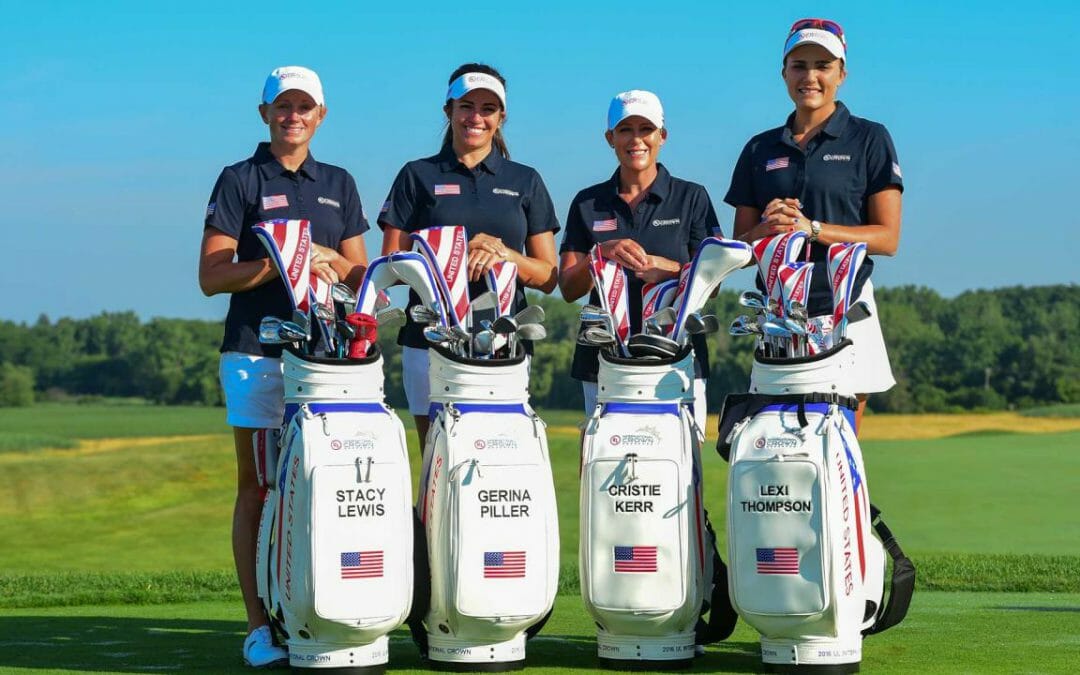International Players and their National Golf Federations
Did you know there is an ever-growing number of international players that compete at the NCAA level with the backing of their national golf federations?
In recent years, the number of international players in college golf has exploded! Currently, in the Men’s World Amateur Golf Rankings, 13 of the top 25 are from outside of the United States and 16 of the top 25 women in Women’s World Amateur Golf Rankings.
The goal of a country’s golf federation, which is part of the International Golf Federation, is clear: to develop top players for their national teams, preparing them for college golf and through the beginning of their professional careers.
For example, let’s look at Golf Australia. If an amateur golfer qualifies for the Australian national team, he or she will have access to and receive funding for coaching, travel for international and domestic competition, equipment, media training, education for parents, and conditioning training across the spectrum.
Just like a lot of college scholarship conversations, the funding is dependent on the athlete’s needs, but the goal is to develop the player. Golf Australia is able to provide resources and opportunities to their athletes that most personal coaches cannot provide. They have created a system based on long-term development that creates an environment like a college golf team. Unfortunately, NCAA rules limit coaching time and access to coaching; coaches are paid to win today, so long-term athlete development is not always the priority. Currently, Golf Australia has six players competing at American universities.
A group of Americans is in the process of developing a program that would look similar to other national federations, USA Golf (https://www.teamusa.org/USA-Golf). The struggle is that USA Golf is limited to how it can help American-born amateur golfers because of NCAA rules and regulations.
NCAA rules state that amateur players who do not play for federations can only receive equipment, funding for coaching and compensation for travel and entry fees the day before a tournament and on the days of competition. For international golfers who play for or have access to federations, these limitations do not apply since the federations receive government funding. Many of these players will go back home during the summer and compete in tournaments, train with coaches and work in a controlled environment. For American college golfers who cannot afford to practice at the same level without the support of the university, the access to development as a player is limited in comparison.
In the United States, junior golf is mostly about individual wins and playing for yourself. On a national team as well as on a college team, you play a number of events as an individual and as a team; these events not only allow those golfers to develop individually but also develop their skills as a member of a team. The overall consensus with coaches is that international players are more prepared for the dynamics of playing golf in a team environment. Many college coaches say the reason why they look at recruiting players from international teams is that the player has team experience, which makes a significant difference!
Here at The Hub, we are committed to supporting junior golfers achieve their dreams of playing at the college of their choice! American- or International-born players have a home at The Hub. We have developed a platform where a junior, a parent or a college golf coach can educate them. Topics like “How to Communicate with a Coach,” “What Tournaments to Play In,” and “Looking for Information about a School or a Player.” The Hub is a one-stop shop for everything related to a junior golfer’s journey to play at the collegiate level!
Enjoy the Journey!

